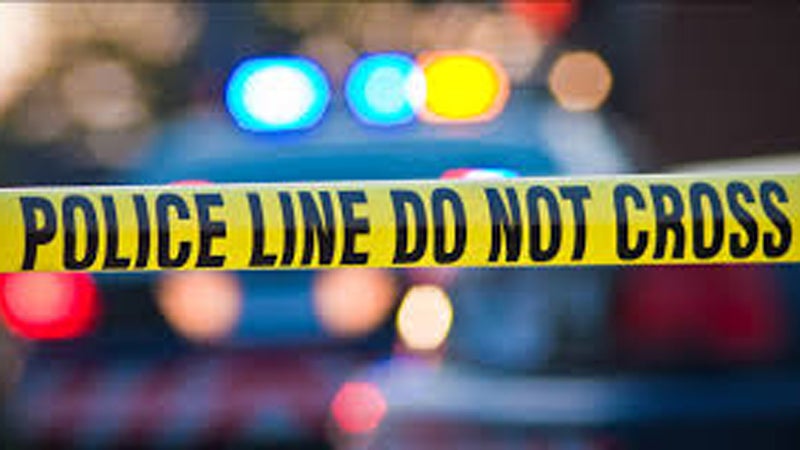More than 125 citations handed out during recent railway safety check
Published 12:00 am Wednesday, December 14, 2011
By ROBIN SHANNON
L’Observateur
LAPLACE – Drivers out and about throughout parts of St. John, St. Charles and surrounding parishes recently might have noticed an excess of state and local law enforcement near certain railroad crossings. The additional presence was part of an annual safety enforcement exercise designed to make motorists think twice when approaching tracks.
State Police joined with local law enforcement agencies to monitor railroad-crossing intersections throughout the area. Troopers and sheriff’s deputies targeted “high-risk” crossings along the Canadian National, Union Pacific and Kansas City Southern railroad tracks that run through the parish.
“Efforts were focused on motorists who ignored railroad warning signals as trains approached and other related traffic laws,” said Trooper Melissa Matey, spokesperson for State Police Troop B. “It is an opportunity to spread some awareness and encourage a little more attention near rail crossings. We are out to save lives, not write tickets.”
The special detail focused on more than 40 rail crossings in the area, with troopers and deputies on the lookout for drivers who blatantly disobeyed traffic rules around railroad tracks. Troopers coordinated with the railroad companies and placed a trooper on an engine that rode the tracks.
“We stopped drivers that disregarded warning lights, failed to stop at posted stop signs and the tracks, and also those bold enough to swerve around lowered gates,” said Matey. “Many people just don’t realize the dangers that surround crossings.”
Authorities spent the better part of Monday monitoring the crossings, not just in St. John and St. Charles, but also in parts of Ascension, West Baton Rouge, Pointe Coupee, Jefferson and Tangipahoa Parishes. They were not just looking for those who were blatantly disobeying warning signs, however. Morris Evans, a special agent for Canadian National Railway, said part of the detail was to inform all motorists on what to look for when approaching a railroad crossing.
“We just want to make people aware of the inherent dangers of these crossings,” Evans said. “This is about protection.”
According to figures from State Police, in 2010, 24 people were killed in crashes involving trains and 71 injuries were reported. State law requires drivers to obey signals at railroad crossings that indicate an approaching train including flashing red lights and lowered gates. Failure to obey could result in a $200 fine and 30 days in jail for a first offense with higher fines and increased jail time for additional violations. Offenders are also required to attend and successfully complete an Operation Lifesaver course. The fine for racing a train is $1,000.
Matey said authorities issued 125 citations across Southeast Louisiana during the detail, which ran from 7 a.m. until 3 p.m. Of those citations, 86 were for disregarding warning devices, going around railroad gates and other railroad related violations. Another 39 citations were issued to drivers not wearing a seat belt.
State Police Master Trooper Chris Maurin, who often coordinates the train safety detail, said police departments throughout the state regularly get calls from train conductors who see drivers pass right in front of trains that are only a few feet away from intersections. He said most drivers just don’t realize how far away a train might be, or how fast it is traveling.
“The size of some trains create an optical illusion affect which makes the train appear as though it is moving slower than it actually is,” Maurin said. “The average train traveling 55 mph will need a mile of track to come to a complete stop and that is usually not enough time to avoid a collision.”




